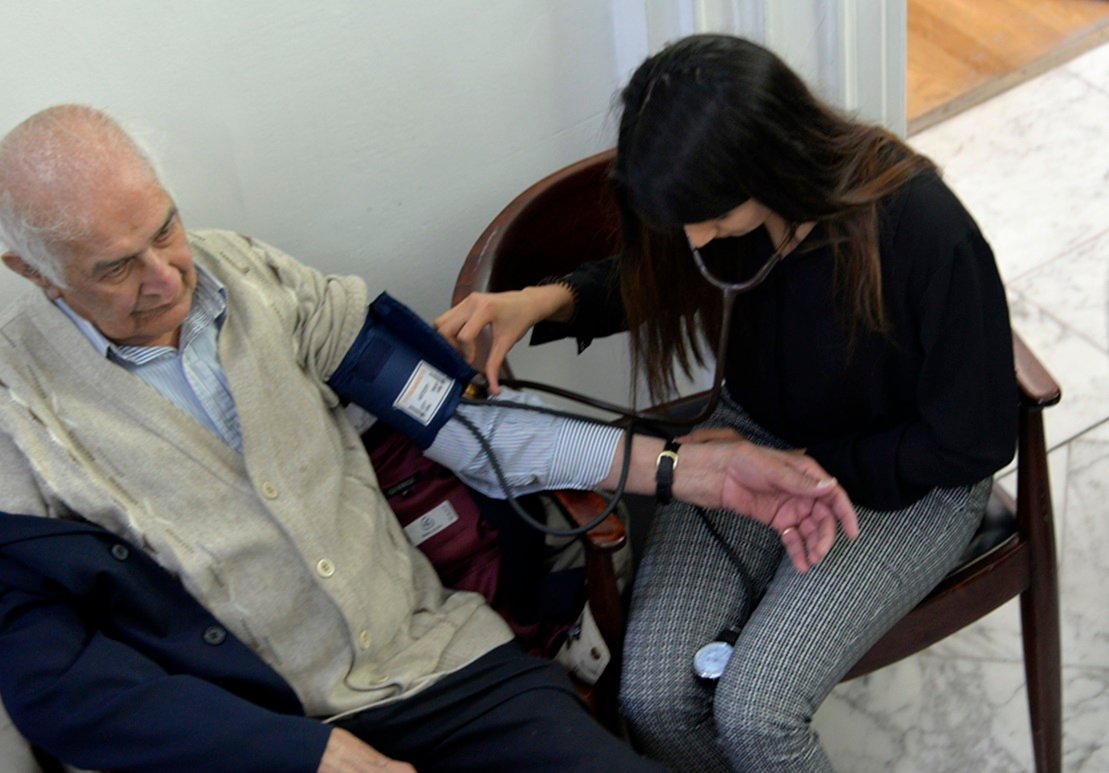Every year, 17 May is dedicated to World Hypertension Day (WHD). The number of people living with hypertension (high blood pressure) is predicted to be 1.56 billion worldwide by the year 2025.
The purpose of the WHD is to promote public awareness of hypertension and to encourage citizens of all countries to prevent and control this silent killer, the modern epidemic.
The theme for World Hypertension Day is Know Your Numbers with a goal of increasing high blood pressure (BP) awareness in all populations around the world.
You can’t see it, you can’t feel it and, unless you get it checked, you won’t even know you have it. That makes high blood pressure, or hypertension, a quiet killer, one that slowly damages your blood vessels, heart and eyes while simultaneously increasing your risk of heart disease, stroke, dementia and kidney disease. The increasing prevalence of the condition is blamed on lifestyle and dietary factors, such as physical inactivity, alcohol and tobacco use, and a diet high in sodium (usually from processed and fatty foods).
Here are some key points about hypertension:
- Hypertension is defined as blood pressure higher than 140 over 90 mmHg (millimeters of mercury).
- A diagnosis of hypertension may be made when one or both readings are high: systolic (the pressure as the heart pumps blood around the body), given first; or diastolic (pressure as the heart relaxes and refills with blood), given second.
- Hypertension itself does not cause symptoms but in the long-term leads to complications caused by narrowing of blood vessels.
- Doctors diagnose high blood pressure over a number of visits using a sphygmomanometer, which involves applying an inflatable cuff to the upper arm.
- Lifestyle measures are used first to treat high blood pressure, including salt restriction and other dietary changes, moderation of alcohol, and stress reduction.
We have also compiled 10 top tips that may help to lower high blood pressure, or keep it from rising if it’s at a healthy level:
1. Every morning, take a brisk 15-minute walk. You don’t need a lot of exercise to make a difference to your blood pressure. When Japanese researchers asked 168 inactive volunteers with high blood pressure to exercise at a health club for different amounts of time each week for eight weeks, blood pressure levels dropped almost as much in those who exercised for 30 to 90 minutes a week as in those who exercised for more than 90 minutes a week.
2. Buy a home blood-pressure kit. It will help you monitor your blood pressure at home and see the signs before the situation gets worse.
3. Drink tea instead of coffee. Each 1-cup increase in daily tea consumption decreased systolic blood pressure by 2 points and diastolic pressure by 1 point.
4. Snack on soy nuts for a crunchy, nutrient-packed munch. Studies show that people with high blood pressure can lower their systolic readings by an average of 10 points by eating 30 g of soy nuts (roasted soybeans) a day for two weeks. The beans are available at some supermarkets and health food shops. Make sure you buy them unsalted.
6. Sleep with earplugs in tonight, if you are exposed to noise pollution at night. Studies suggest that being exposed to noise while you’re sleeping may increase your blood pressure as well as your heart rate, so block out any noise.
7. Find (and eliminate) at least one hidden source of salt a day. For instance, did you know that many breakfast cereals contain salt? Find a brand that’s salt-free. Take these supplements daily: garlic, fish oil, calcium, Co Q10. All have blood pressure-lowering properties, but check with your doctor before taking them.
Having high blood pressure for a short amount of time is a normal physiological response to many situations. However, a systolic reading of 180 mm Hg or higher OR a diastolic reading of 110 mm HG or higher could be a sign of a hypertensive crisis that warrants immediate medical attention. Wait a couple of minutes and repeat the test. If the reading remains at that level or increases, seek emergency medical treatment (call an ambulance or have someone drive you to the hospital immediately).



